By: Rick Stein, Vice President, Fresh Foods, Food Marketing Institute
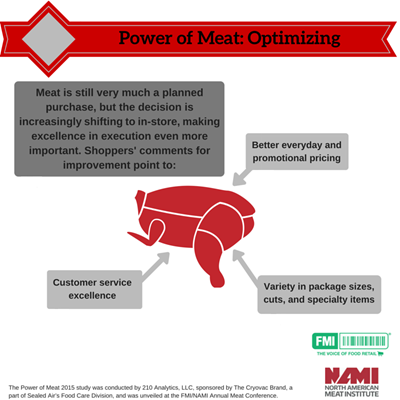
The Power of Meat research was presented this week during the annual FMI and North American Meat Institute Meat Conference. During the presentation, Larry Levin, Executive Vice President for Industry Insights IRI commented that protein has graduated from an attribute to a brand. I think he's right, but is it a brand that can be sufficiently claimed by food retailers?
Food service is answering the protein demand with protein food bowls, bun-less burgers, egg white entrees, shakes and smoothies. Technomic found a 33 percent increase in menu items featuring Greek yogurt and a 26 percent rise in quinoa—a product I didn’t even know how to pronounce two years ago. Although it’s lower at 7 percent, there has also been an increase in chicken on menus. Protein is definitely a trend, but the grocery meat department has yet to capture its fair share of this trend. Why? The answer could be because Millennials prefer the ease of a bar or shake verses cooking proteins at home.
To understand the role of meat and poultry relative to the protein craze in food retailing, this year's Power of Meat research tested a number of attributes that shoppers may associate with meat and/or poultry.
On the meat side, shoppers associate meat with providing:
1) Nutrients they need, such as iron and protein;
2) A balanced diet; and
3) Energy.
For poultry, shoppers associate poultry with providing:
1) A balanced diet;
2) Nutrients they need; and
3) Healthy weight.
Of interest is the finding that shoppers associate poultry with many more attributes related to health and wellness, including providing energy and heart health.
In diving deeper, Anne-Marie Roerink, Principal with 210 Analytics, LLC, shared findings related to meat and poultry attributes broken down by Millennials and seniors. For both meat and poultry, Millennials are all about the functional benefits— nutrients, energy and building physical strength. But, when looking at older generations, who are comfortable around the kitchen and for whom meat wasn't always a given, things are a bit different. Older generations also understand that a balanced diet requires meat and poultry, but, most importantly, they understand the element of enjoyment.
If meat is something that provides purely a functional benefit, it runs the risk of being substituted by items that can claim the same. Millennials seem to have a lack of affinity for meat and Acosta found that 60 percent of Millennials feel you can achieve your daily amount of protein without even eating meat.
It’s estimated that Millennial spending power will equal that of Baby Boomers by 2020. If food retailers don't find a way to connect with this group in relevant and speedy ways, Roerink concluded that recent year volume pressure may continue to plague the industry.
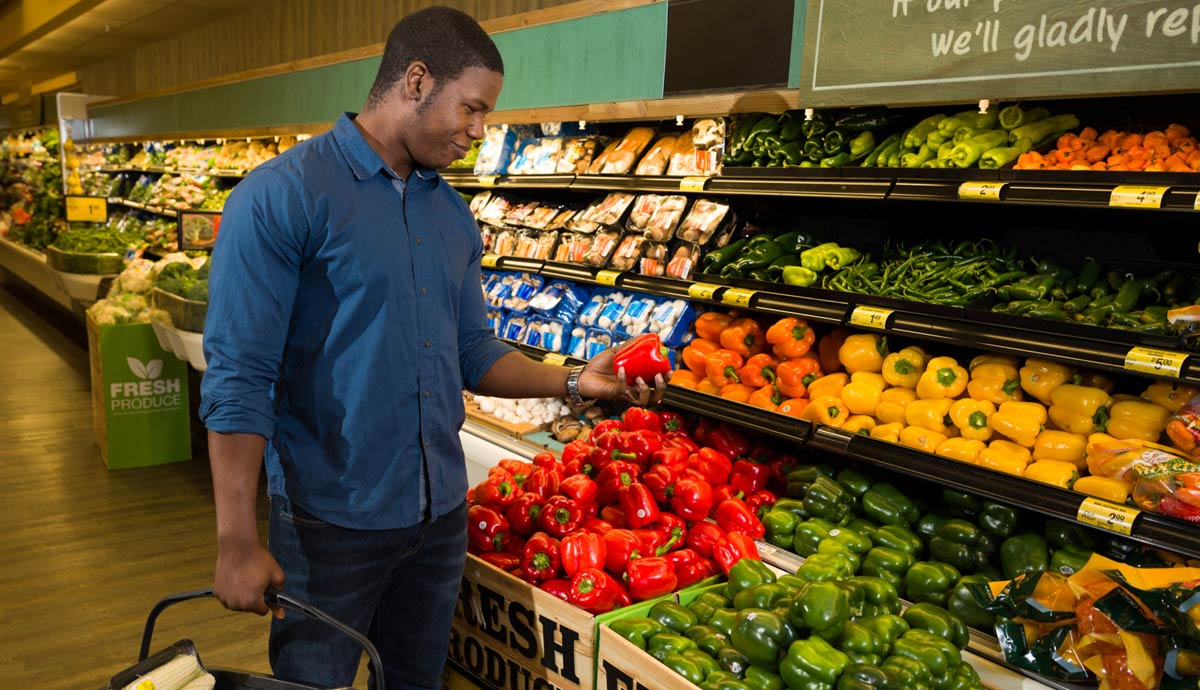

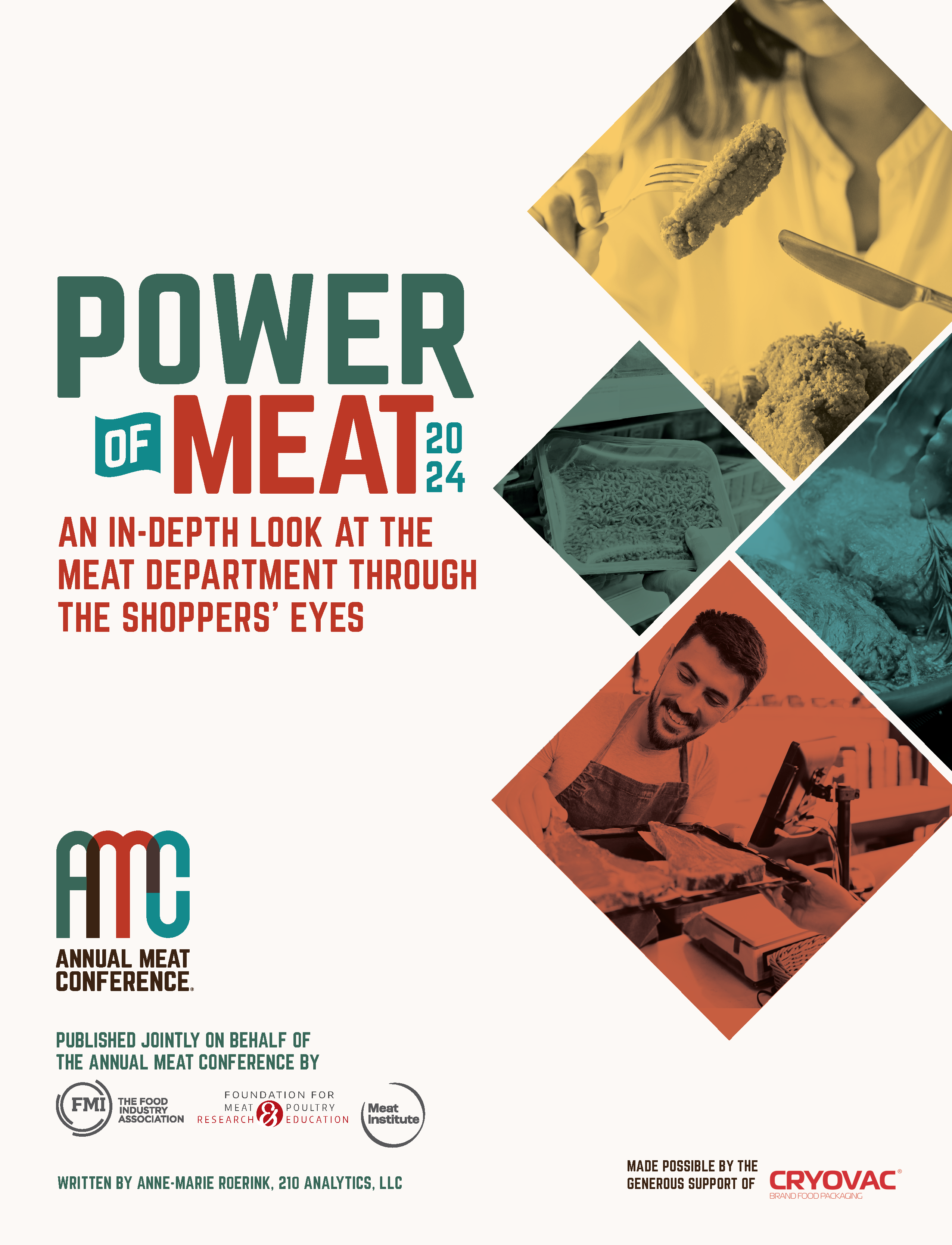
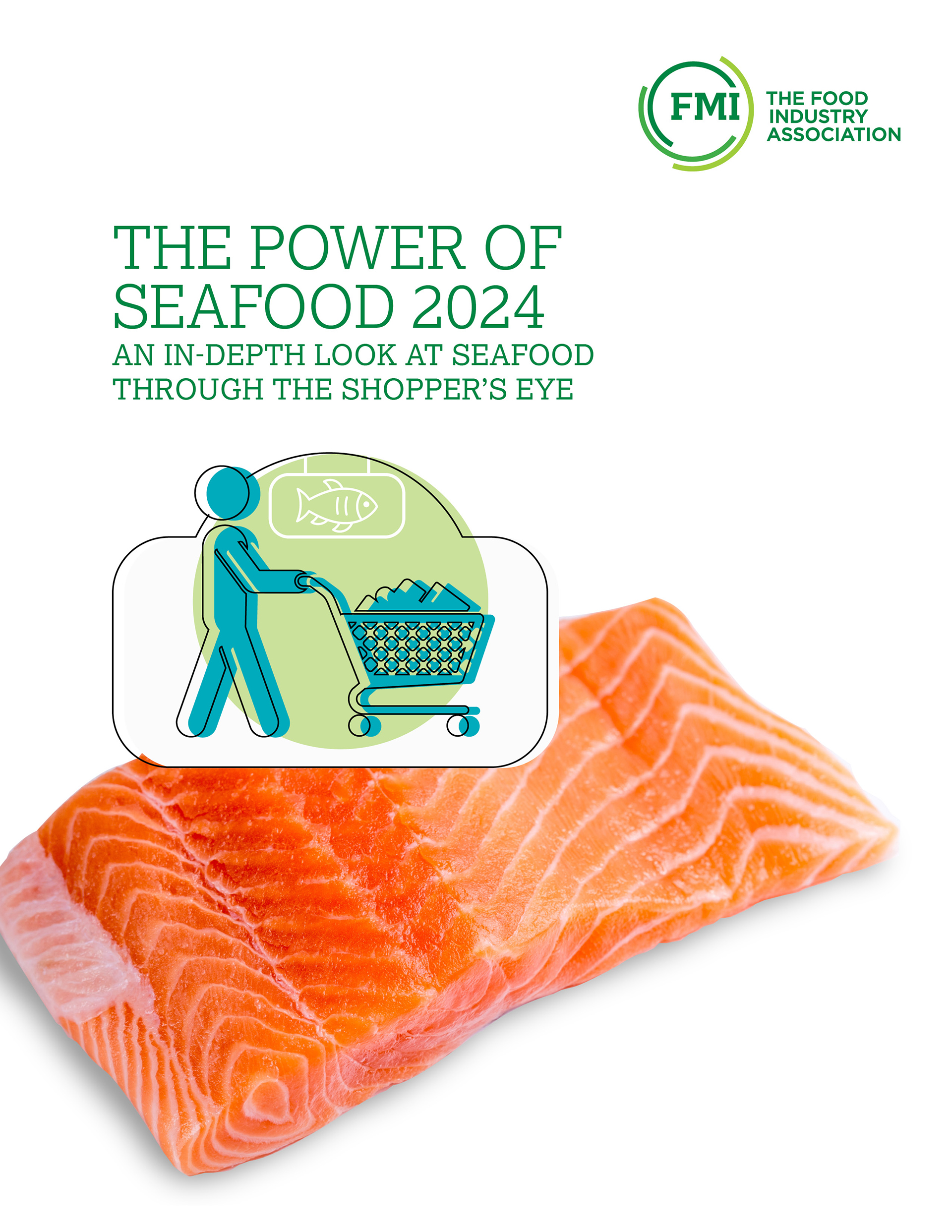
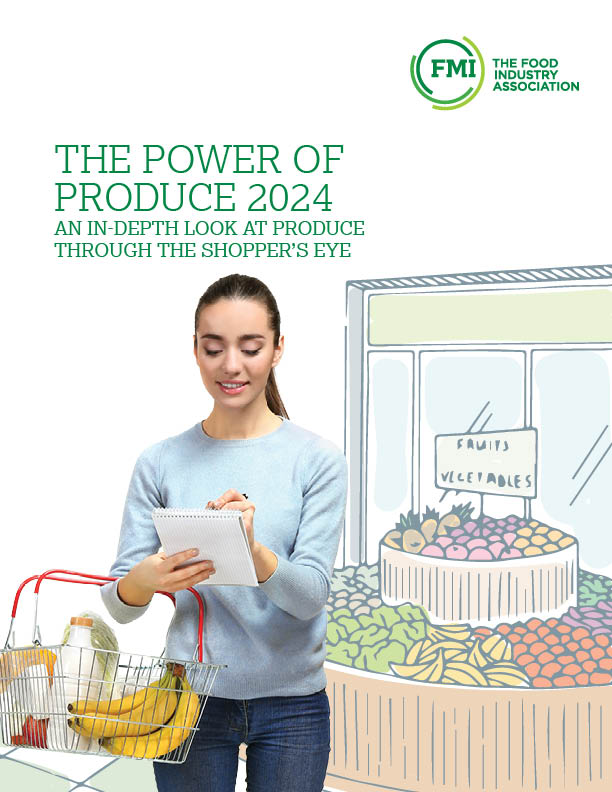
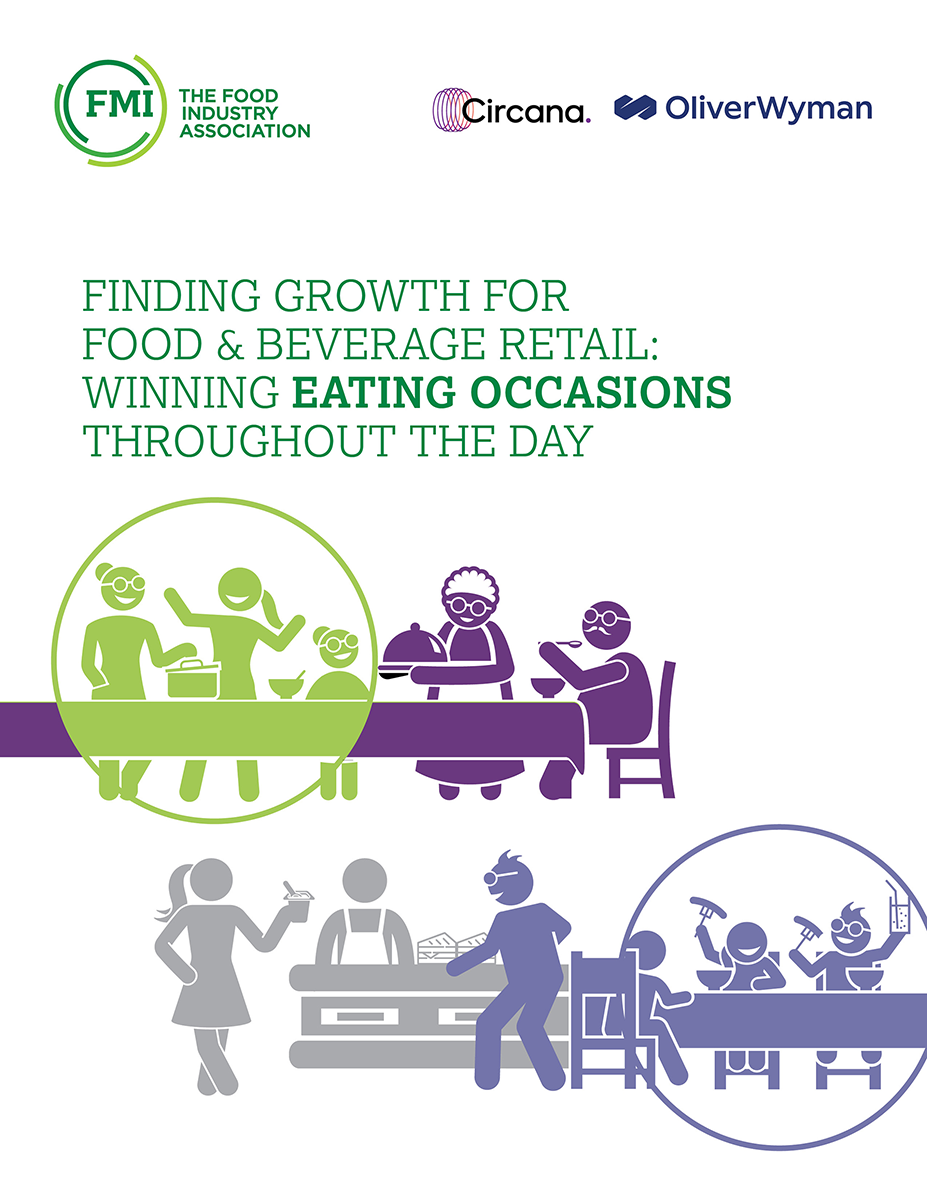



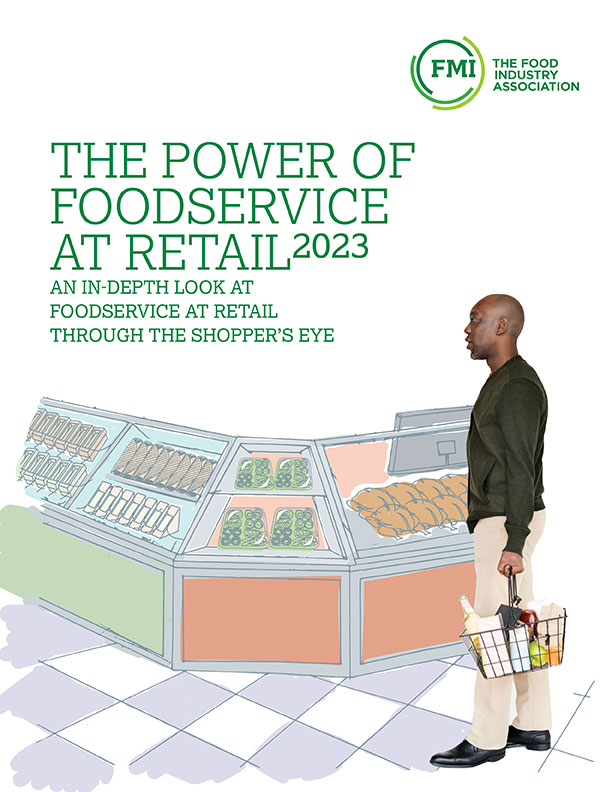

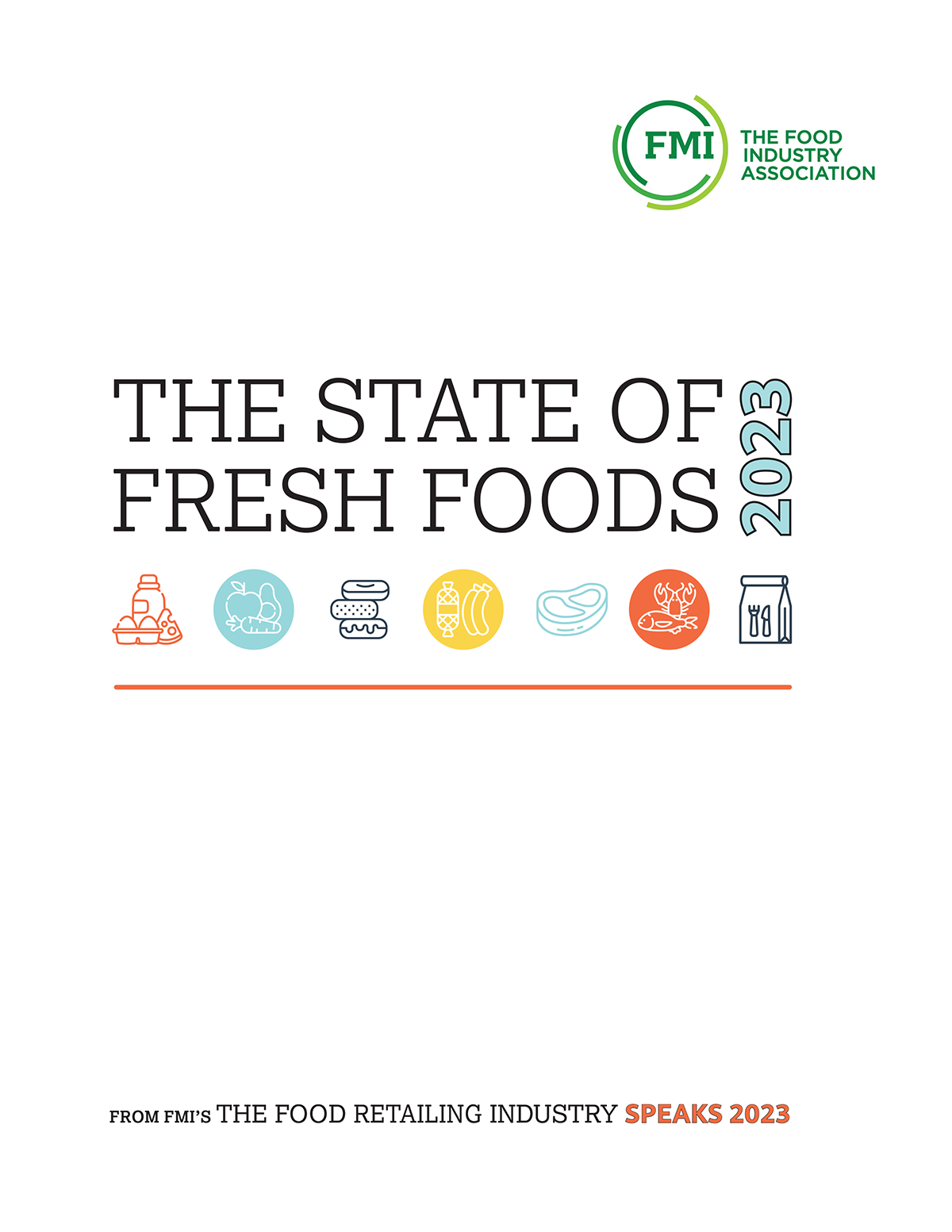

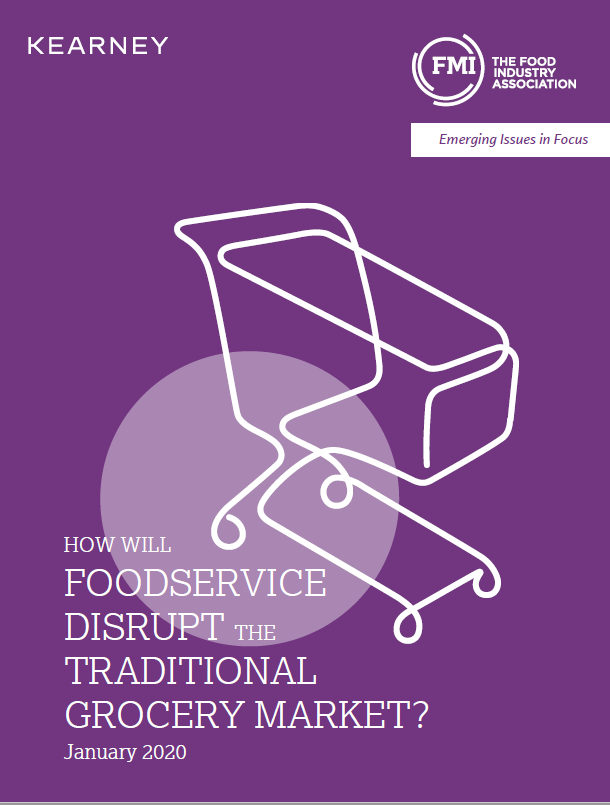
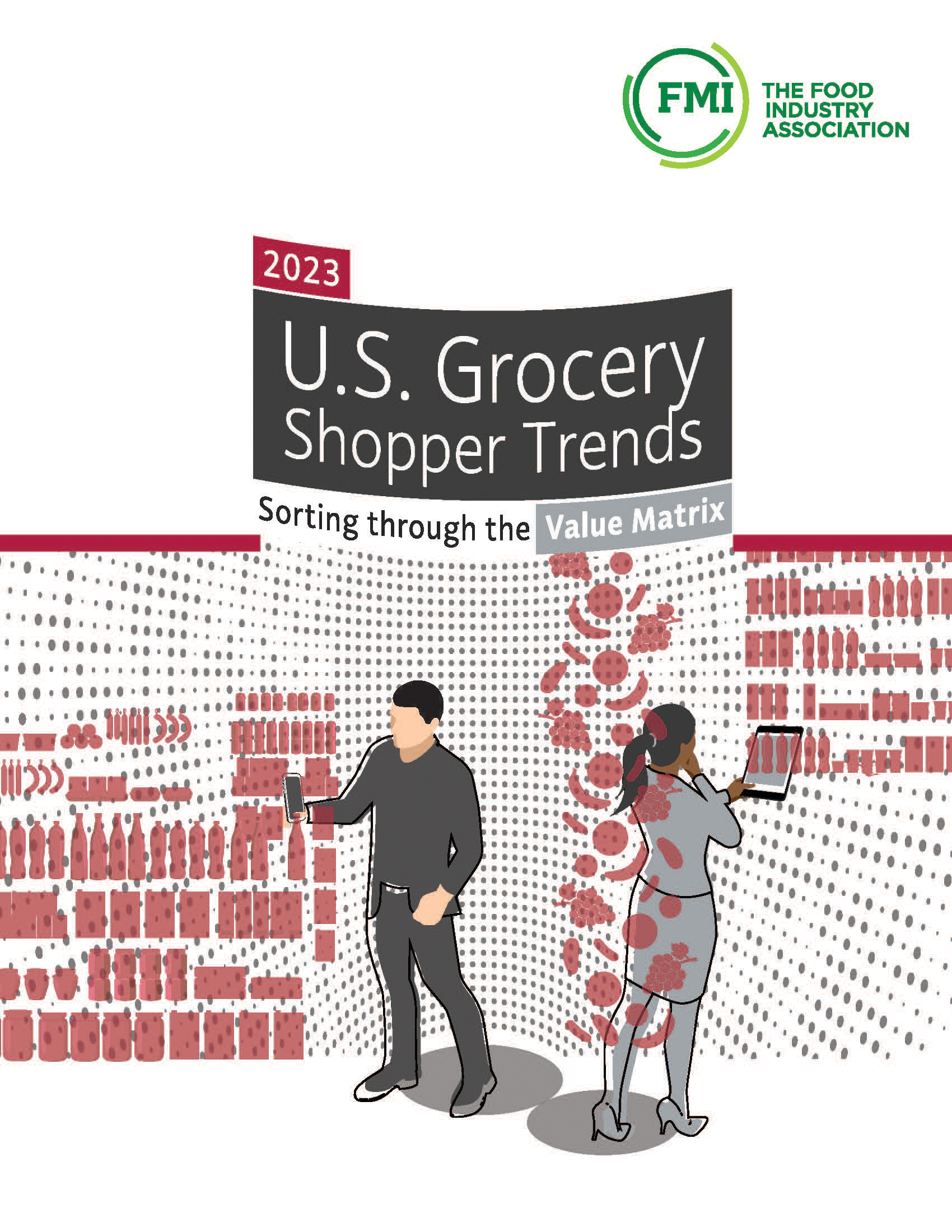




 Industry Topics address your specific area of expertise with resources, reports, events and more.
Industry Topics address your specific area of expertise with resources, reports, events and more.
 Our Research covers consumer behavior and retail operation benchmarks so you can make informed business decisions.
Our Research covers consumer behavior and retail operation benchmarks so you can make informed business decisions.
 Events and Education including online and in-person help you advance your food retail career.
Events and Education including online and in-person help you advance your food retail career.
 Food Safety training, resources and guidance that help you create a company food safety culture.
Food Safety training, resources and guidance that help you create a company food safety culture.
 Government Affairs work — federal and state — on the latest food industry policy, regulatory and legislative issues.
Government Affairs work — federal and state — on the latest food industry policy, regulatory and legislative issues.
 Get Involved. From industry awards to newsletters and committees, these resources help you take advantage of your membership.
Get Involved. From industry awards to newsletters and committees, these resources help you take advantage of your membership.
 Best practices, guidance documents, infographics, signage and more for the food industry on the COVID-19 pandemic.
Best practices, guidance documents, infographics, signage and more for the food industry on the COVID-19 pandemic.
